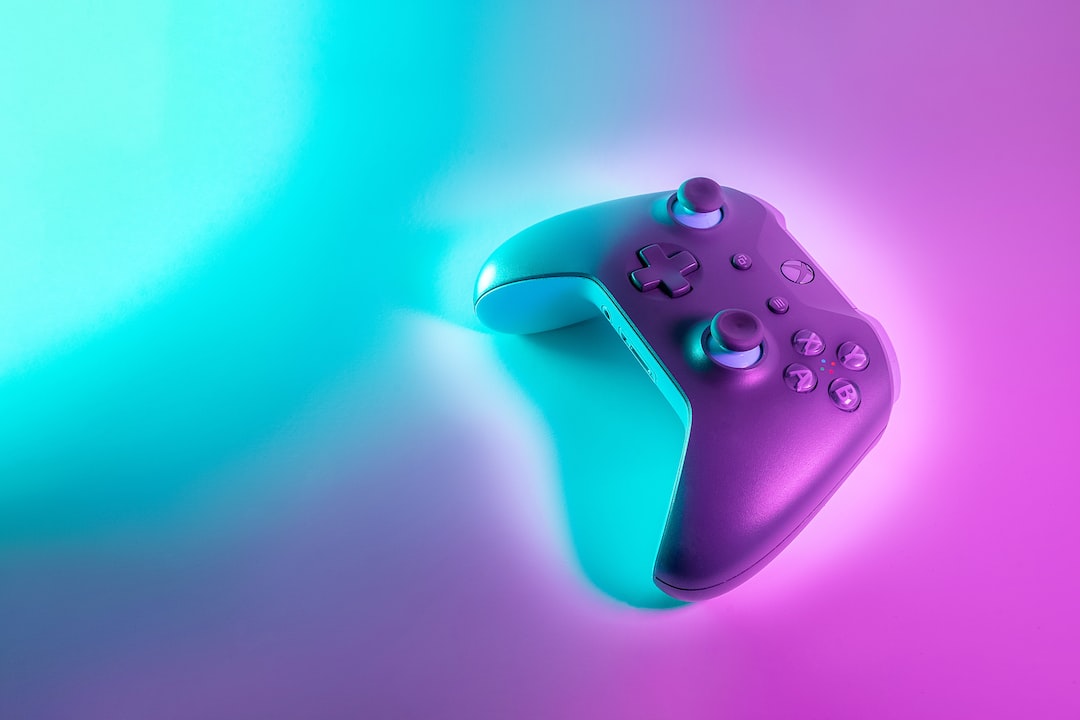The Internet of Things: Connecting the World One Device at a Time
In this digital age, it seems like everything around us is becoming “smart.” From smartphones and smart homes to smart cars and smart cities, technology has evolved to connect the world through a network of interconnected devices. This phenomenon is known as the Internet of Things (IoT).
The Internet of Things refers to the network of physical objects, devices, vehicles, buildings, and other items embedded with sensors, software, and connectivity to enable them to exchange data and information. This interconnectedness revolutionizes the way we interact with our environment and the world around us.
Imagine waking up in the morning, and instead of reaching for your smartphone, your alarm clock, connected to the IoT, automatically adjusts the room temperature to your preferred settings, starts your favorite playlist, and brews a fresh cup of coffee. This is just a glimpse of the convenience and efficiency that IoT offers.
IoT opens up endless possibilities for innovation and connectivity. It enables devices to collect and share data, which can be analyzed to provide valuable insights, improve efficiency, and enhance our daily lives. From healthcare and transportation to agriculture and manufacturing, every sector stands to benefit from the IoT revolution.
In healthcare, IoT devices can monitor patients’ vital signs in real-time, allowing doctors to remotely track their progress and make timely interventions. Smartwatches and fitness trackers can monitor heart rate, sleep patterns, and physical activities, providing individuals with valuable information to maintain a healthy lifestyle.
Transportation is another area where IoT is transforming the way we move. Connected cars can analyze data from sensors and traffic conditions to optimize routes, reduce congestion, and improve fuel efficiency. Furthermore, IoT-enabled parking systems can guide drivers to available parking spaces, preventing unnecessary traffic and reducing pollution.
For agriculture, IoT offers solutions to monitor soil moisture levels, humidity, and temperature, ensuring that crops receive the optimal conditions for growth. Connected irrigation systems can be programmed to water crops based on real-time weather forecasts, conserving water resources and maximizing crop yield. This technology has the potential to revolutionize farming methods and reduce the environmental impact of food production.
Manufacturing is another sector benefitting greatly from IoT. Smart factories equipped with IoT sensors can monitor equipment performance, detect anomalies, and schedule maintenance before a breakdown occurs. This leads to reduced downtime, increased productivity, and cost savings. Additionally, supply chains can be optimized by tracking products in real-time, improving inventory management, and ensuring timely delivery.
The rapid growth of IoT has created challenges and concerns that need to be addressed. One major concern is data security and privacy. With the immense amount of data being generated and exchanged, ensuring that this information is secure and only accessible to relevant parties is crucial. Governments and organizations need to establish strict regulations and protocols to safeguard people’s personal information.
Another challenge is the interoperability of IoT devices. As more and more devices become connected, ensuring they can communicate and work together seamlessly becomes paramount. Common standards and protocols need to be established to enable interoperability and prevent fragmentation in the IoT ecosystem.
Despite these challenges, the potential of IoT is undeniable. It has the power to transform our lives, create new business opportunities, and make our world more sustainable. As the IoT continues to evolve, it is essential for individuals, organizations, and governments to adapt and embrace this technological revolution.
In conclusion, the Internet of Things is connecting the world, one device at a time. Through its network of interconnected devices, it revolutionizes the way we interact with our environment and offers countless benefits across various sectors. However, it also presents challenges that must be addressed to ensure data security, privacy, and interoperability. As we move forward in this digital era, embracing IoT has the potential to shape a better, more interconnected world.

